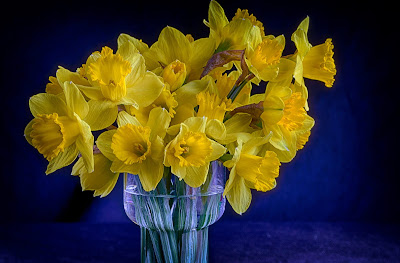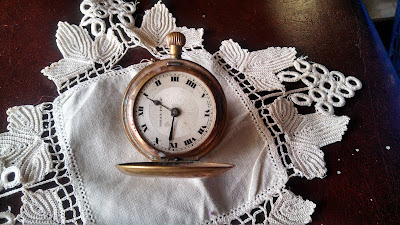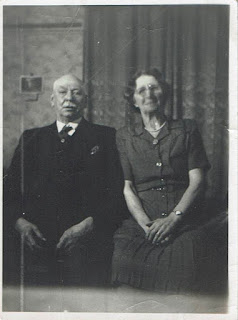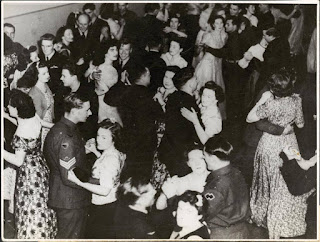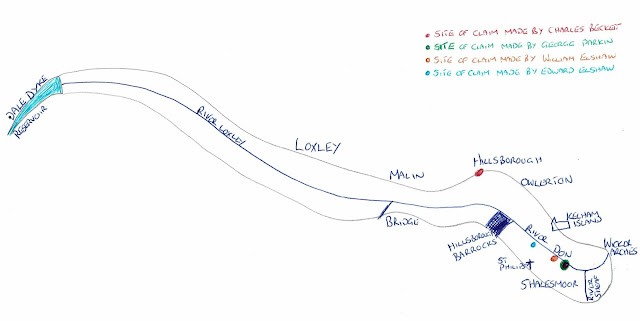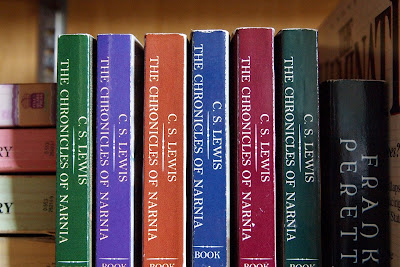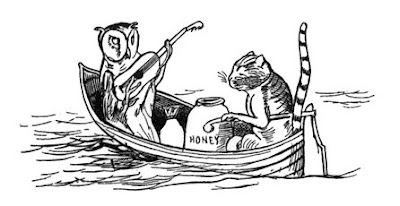Well it’s Mothering Sunday in the UK this weekend. This
means I have, as is tradition in our family, made a card for my Mum. I’ve
actually made 2 as I didn’t like the first one. But what is Mothering Sunday.
Well for years I always believed it was the day we pampered our Mum’s, and it
is, but not completely.
Traditionally Mothering Sunday is actually a religious thing
which has morphed into what it is today. On Mothering Sunday people were
encouraged to attend the service at the church they were baptised in. This
could have meant a great deal of traveling to get there. As a side effect of
this you may have returned to where your parents still lived and thus visited
your mother. In many respects it was like a family reunion as most people were
granted the day off work to return home. Even those in service would be given
this day off.
I remember as a kid being given daffodils at Mothering
Sunday Church Parade (I was a Brownie and then kicked out of the guides – a
fact I am proud of!) to give to our Mum’s. This practice can from the fact
people would pick the wildflowers on the way home to give to their mum. That
why we still give our Mum’s flowers or as I always did made daffodils for my
Mum.
So in truth what did this mean for your ancestors? Well it
could have been a very long journey. I do wonder if people really undertook the
trip home. My 4 times great Grandad was born in 1816 on the Isle of Wight. He
lived in Sheffield so it was unlikely he was undertake the journey home. It’s
around a 230 mile trip, and a boat journey. I believe a letter would have been
the best way for him to contact his mother.
But it wasn’t just George Parkin who would have had to make
long journeys especially in the Victorian era. It was a time of great industrialisation
in the UK. People were leaving the countryside and moving to the towns where
the new industries were developing. They were also moving around the country
following their industry. If the coal field was fully excavated where you lived
you move to the next one. That’s why when the coal seams in Wales ran out a lot
of Welsh people moved to the north of England to follow the black gold. Where
they really going to be able to travel back to where they came from for one
day, in reality no. It would probably take them more than a day to get their
and the same back. If you only had one day off it was impossible. It’s my
belief that’s why Mothering Sunday changed to what it is today.
 |
| Govan old Church |
So in my family I think the award for the furthest they would
have to travel goes to my twice great Grandfather George Harker Dow. George was
born in Govan, Scotland in 1841. By 1881 he was living in Whitechapel in
London. Door to door from their house in Whitechapel to Govan old church is 410
miles. I’d like to think George wouldn’t have made the journey. And anyway how
would families decide who to visit. George’s wife Eleanor was from Sunderland.
So would he have been expected to go to Govan and Eleanor to Sunderland? I
suppose they may have gone to Sunderland as 2 of their children were from
there, but one was born in London so did they leave him behind! You can see why
the practice of visiting the mother church died out and it became more about
telling you Mum you loved her instead.
So this Mother’s day pamper your Mum in the way you want. As
I’ve said I’ve made the card and it’s F1 for Mum to watch and I may recreate
the gourmet dinner I made her several years ago, cheese on toast.
